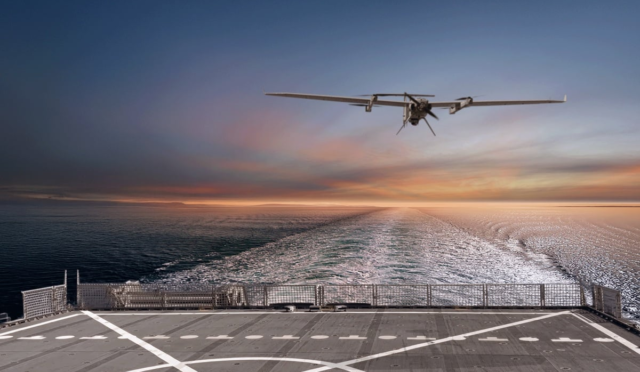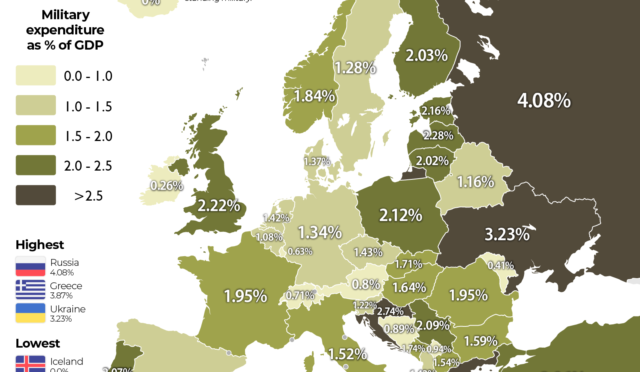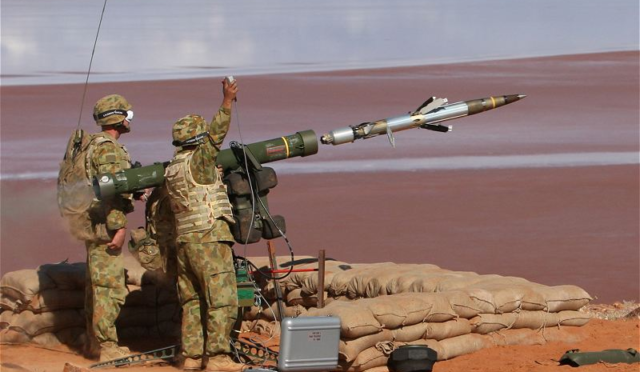M1A1 Abrams Tanks Donation: Australia’s Aid to Ukraine
**Australia’s commitment to support Ukraine in its ongoing conflict with Russia includes the donation of 59 M1A1 Abrams tanks. However, the shipment of these tanks is currently pending U.S. approval, causing delays in the transfer process. Australian defense officials have attributed the holdup to the lack of authorization from the U.S. government, which is crucial for the delivery of military equipment to other nations.**
The tanks, which were decommissioned by Australia last year, form part of a larger aid package valued at $245 million, prepared specifically for Ukraine. Under U.S. arms sales regulations, government approval is necessary for such shipments to occur. Discussions surrounding this topic have escalated among Pentagon officials, who have voiced concerns over potential surpluses if a peace deal arises, alongside worries about adequate security measures for the tanks being transferred.
Strategic Considerations for Military Support
In light of the ongoing Ukraine-Russia war, a senior official raised important considerations regarding the strategic usefulness of these M1A1 tanks on the front lines. According to the official, the real game-changer in the conflict has been unmanned aerial vehicles (UAVs), which have shifted traditional combat dynamics. He emphasized the necessity for Ukraine to enhance its defenses against drones rather than merely increasing ground forces.
The insights revealed a shift in warfare where air power is becoming increasingly decisive, leaving ground units like the M1A1 tanks at risk of being overexposed to aerial threats. The officer stressed that without appropriate measures to protect against UAVs, even advanced tanks could find themselves vulnerable on the battlefield.
Logistical Concerns and Operational Challenges
Additionally, U.S. officials have expressed significant concerns regarding the logistics involved in maintaining the aging M1A1 tanks once delivered to Ukraine. Reports indicate that the Pentagon has cautioned Australia against proceeding with the donation due to anticipated high maintenance costs and the existing challenge of sustaining such equipment in Ukraine’s operational environment.
While the M1A1 tanks are equipped with advanced technology, U.S. officials warn that their operational requirements may outweigh their potential benefits to Ukraine. This perspective highlights the complexity of military aid and the necessity for a thorough evaluation of what equipment can genuinely enhance Ukraine’s defense capabilities.
Australia’s Commitment to Ukraine
Despite the logistical hurdles and concerns voiced by U.S. officials, the Australian Minister of Defense remains steadfast in the country’s commitment to aiding Ukraine. In remarks made to ABC, the Minister expressed a goal to have the M1A1 tanks delivered by 2025 and reiterated Australia’s support for the Ukrainian people amidst the ongoing conflict.
The Minister’s statements reflect a broader commitment, with Australia having already provided over $1.5 billion in military aid to Ukraine. This includes $1.3 billion worth of weapons and equipment, emphasizing Australia’s determination to bolster Ukraine’s defenses against Russian aggression.
Ongoing Needs in Ukraine’s Defense Strategy
As Ukraine navigates its challenging defense landscape, there is a pressing demand for advanced military systems. Reports indicate that Ukraine is actively seeking additional Patriot air defense systems, marking the ongoing evolution of its strategy in response to the threats posed by Russia.
This quest for improved air defense underscores the critical importance of aerial capabilities in the current warfare context, suggesting that future military support initiatives may need to prioritize air defense technologies over traditional ground combat vehicles.







